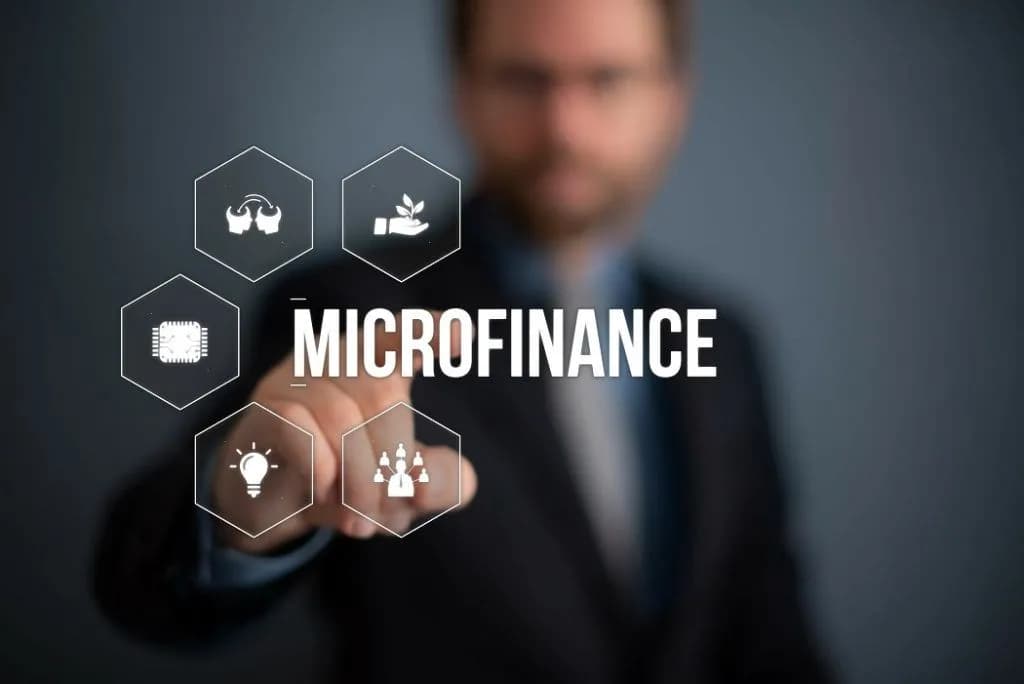Discovering Microfinance: Overview, Functionality, and Tips for Beginners
Small business owners frequently require additional funding sources — it might be challenging to improve the quality of equipment, machinery, etc. while trying to stay within the original budget. In this case, entrepreneurs commonly refer to standard bank loans to address their company’s needs.
This option seems attractive, but it isn’t for everyone. On the one hand, you have to prepare a lot of documents and prove your credibility in managing the debt to get loan approval. On the other hand, traditional banking establishments or credit units may simply not satisfy your demand for small sums like five or ten thousand dollars.
That’s where microfinance will show a difference. Stay tuned to get to know more about this alternative.
Microfinance in a Nutshell
As the term implies, this term denotes a secure method for low-income or startup business owners to access sufficient lending options and use the received funds for their project goals:
buying new equipment;
repairing the existing land-based facilities, gear, furniture, etc.;
establishing a new business;
entering a new market with more funds at your disposal, spent on marketing needs.
Overall, microfinance can be represented by three categories of services:
Microinsurance — originally designed for families in developing countries, this offer can help handle risks associated with agriculture, retail, and other activities that aren’t typically included in entry-level conventional insurance coverage. Of course, deals like disability and health insurance are also on the list.
Microsavings — this microfinance branch comes in handy for people who want to secure funds to cover their living expenses and more. Compared to traditional savings accounts, it offers more customer-oriented conditions with incredibly small deposit sums, no requirements for minimum balance, and waived fees, to mention a few.
Microloans — from as high as $50,000 to as low as $500, this type of small loan is mostly issued to individuals or businesses without access to traditional lending for whatever reason.
While there are several benefits to using microfinance, you should be aware of its limitations:
Cultural barriers — the method’s efficiency may drop significantly depending on the type of business projects that are culturally unbiased.
Misuse risks — as a rule, microfinance is easier to obtain than conventional loans, which is why people in the developing world may fail the challenge of using their benefits as those with high financial intelligence and knowledge.
Market saturation — while such offers are gaining momentum, their abundance may reduce the quality of additional small loans and let less seasoned microfinance companies thrive.
Short-term efficiency — in most cases, these offers are designed with agreements to repay the loan in a short period. It won’t be suitable for any purpose in the business environment.

How to Get Microfinancing
Several popular microfinancing institutions are ready to assist individuals and entrepreneurs in addressing their lifestyle-related and business needs. The list wouldn’t be complete without highlighting peer-to-peer lending opportunities, where you deal with fellow members of the community rather than with banks or nonprofit organizations.
The variety of companies and platforms suitable for microfinancing will vary, depending on the target market. For borrowers in the USA, it will be worth paying attention to these offers:
microloans issued by the Small Business Administration (simply known as SBA), which are available nationwide with interest rates from 8% to 15%;
cooperating with Accion Opportunity Fund for microloans of up to $250,000 (available in forty-five states within the country);
microloans from Farm Service Agency with interest rates of around 5% on average;
peer-to-peer microlending from Kiva, which is available in around eighty countries and can offer 0% interest rates.
To ensure you are on the safe side, double-check the target company’s conditions for obtaining microfinancing. For example, SBA loans won’t be within your range if you are a nonprofit organization owner. You may be an eligible candidate for one brand and fail to meet the requirements for the other one. Building your business credit and giving a collateral or personal guarantee can boost your chances of accomplishing the deal and receiving the funding you need.
If you keep up with creating a good credit score based on microfinance, you will be able to enter the market of traditional lending with more opportunities in the long run. Just check it out in practice!
Final Thoughts
As a rule, conventional finance needs extensive documentation demonstrating your ability to repay the amount borrowed. Excellent credit ratings and a strong credit history will also be a huge part of your success. If you lack even one of those, don’t risk it all and face the denial of your application at the end — microfinance projects are secure and thriving. It is a perfect opportunity for small businesses or entrepreneurs in the developing world to ensure steady and reliable access to capital and boost the professional market in the area.
